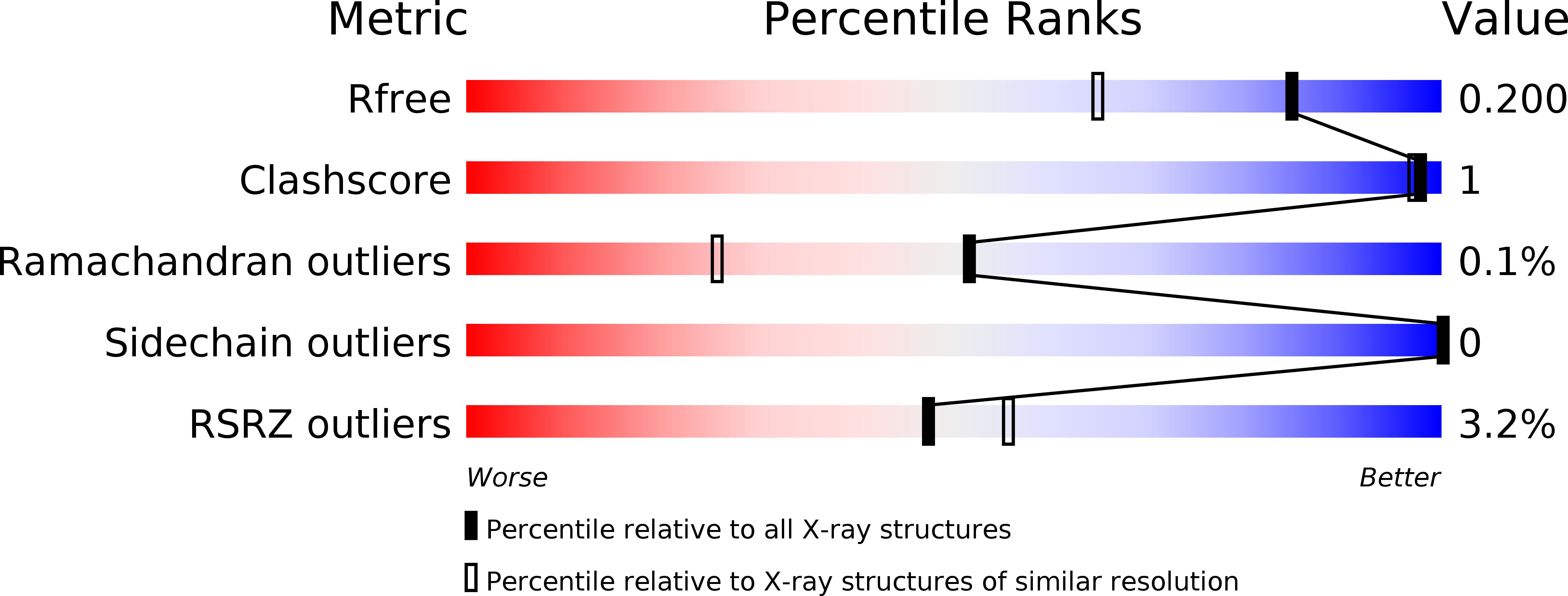
Deposition Date
2010-03-05
Release Date
2011-03-23
Last Version Date
2023-11-01
Entry Detail
PDB ID:
3M1H
Keywords:
Title:
Crystal Structure Analysis of the K3 Cleaved Adhesin Domain of Lys-gingipain (Kgp) from Porphyromonas gingivalis w83
Biological Source:
Source Organism:
Porphyromonas gingivalis (Taxon ID: 242619)
Host Organism:
Method Details:
Experimental Method:
Resolution:
1.56 Å
R-Value Free:
0.19
R-Value Work:
0.15
R-Value Observed:
0.15
Space Group:
P 1 21 1


